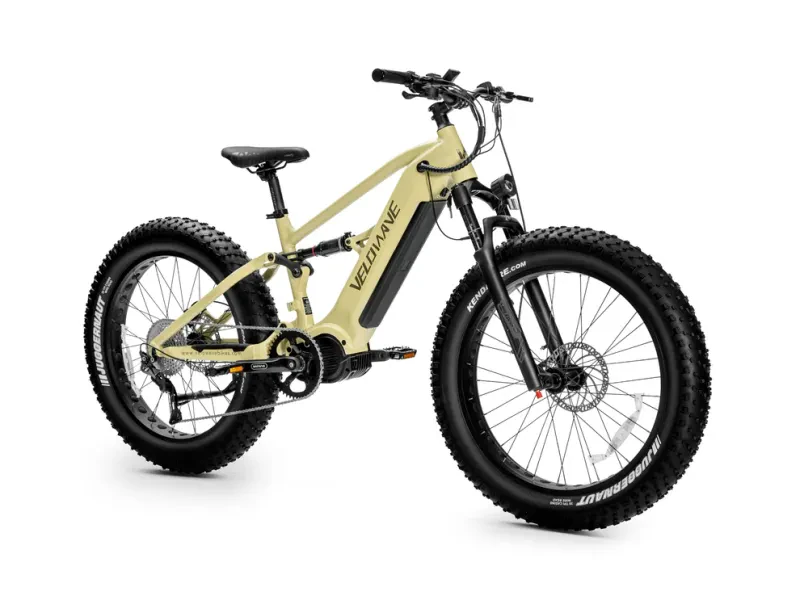Understanding E-Bike Battery Types: A Guide to Electric Bike Batteries
Electric bikes, or e-bikes, have revolutionized personal transportation, and at the heart of these innovative vehicles lies their power source: the battery. This comprehensive guide will explore the various types of
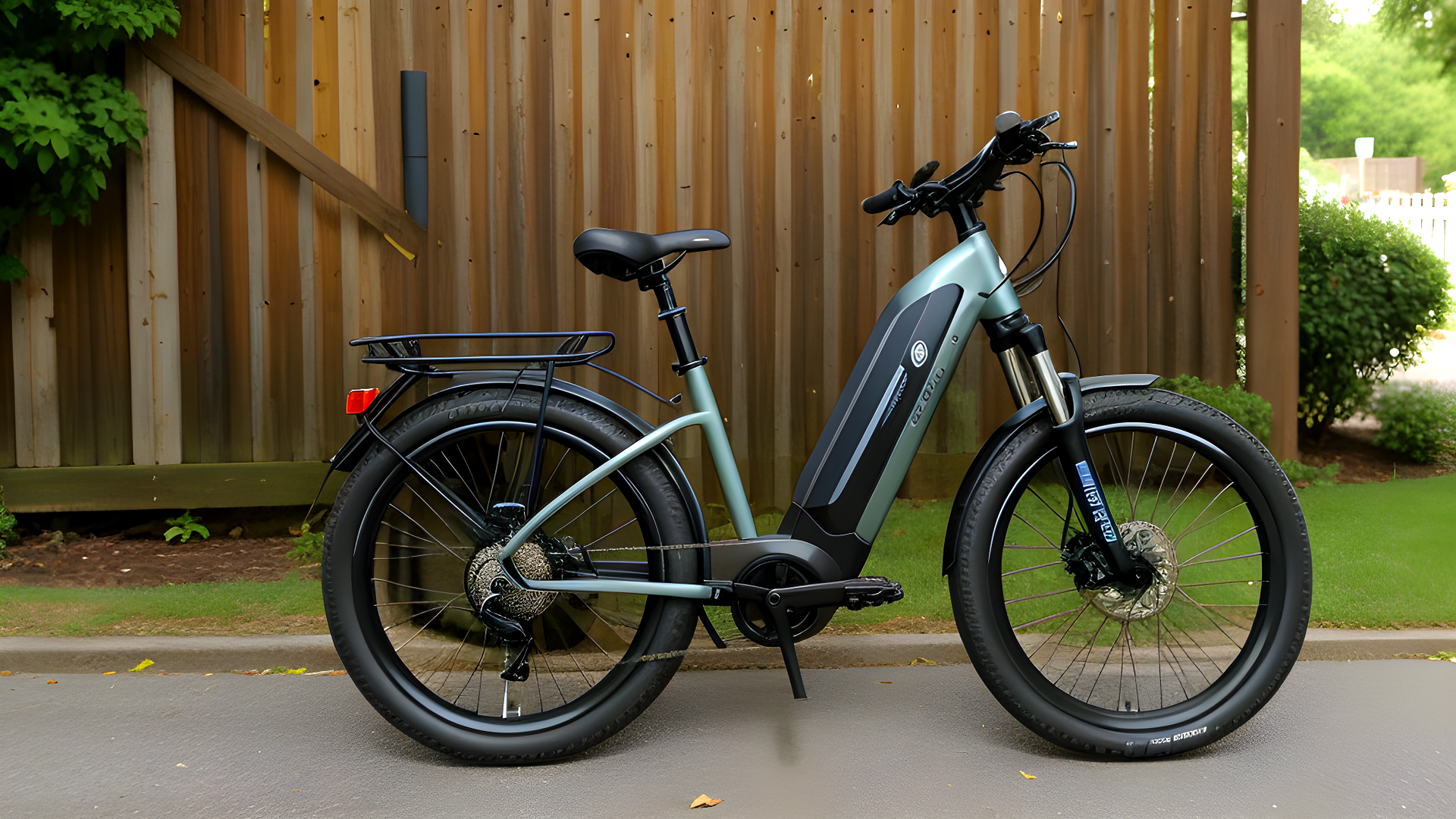
What are the different types of e-bike batteries ?
Lithium-ion batteries: The most common type
Lithium-ion batteries are the top choice for electric bikes. They are light, pack a lot of power, and last a long time. They keep their charge well, making them perfect for those who don't ride every day.
They are also known for being able to charge at any time without losing power. This is great for riders who need to charge their bike quickly. Plus, they lose charge slowly, so your bike is always ready to go. With the right care, a lithium-ion battery can last hundreds of charges.
Lead-acid batteries: An older technology
Lead-acid batteries were once popular but are now less common. They are durable and cheaper than lithium-ion batteries. But, they are heavy, which can make the bike hard to handle.
They are also heavy, which can cut down on the bike's range. This makes them hard to carry, like up stairs or on public transport. Despite this, they are used in some cheap e-bikes and for work because they can handle high currents.
Nickel-metal hydride (NiMH) batteries: A less common option
Nickel-metal hydride batteries are a mix between lead-acid and lithium-ion. They have more energy and last longer than lead-acid. They are also better for the environment, making them a good choice for those who care about the planet.
But, they are not as common as lithium-ion. They can lose power over time if not fully charged. They also lose charge faster than lithium-ion. Despite this, they are getting better and are a good option for some riders.
Which battery is best for electric bikes?
Lithium-ion batteries are the best for e-bikes. They are light, powerful, and last a long time. They are perfect for the demands of electric bikes.
They don't lose power over time and don't need to be fully charged to work well. This makes them convenient and reliable for daily use. They are the top choice for both makers and riders.
Choosing the best
New battery technologies are always improving. Solid-state batteries, for example, promise even better performance in the future. The best battery for you is one that fits your needs for range, power, lifespan, and budget.
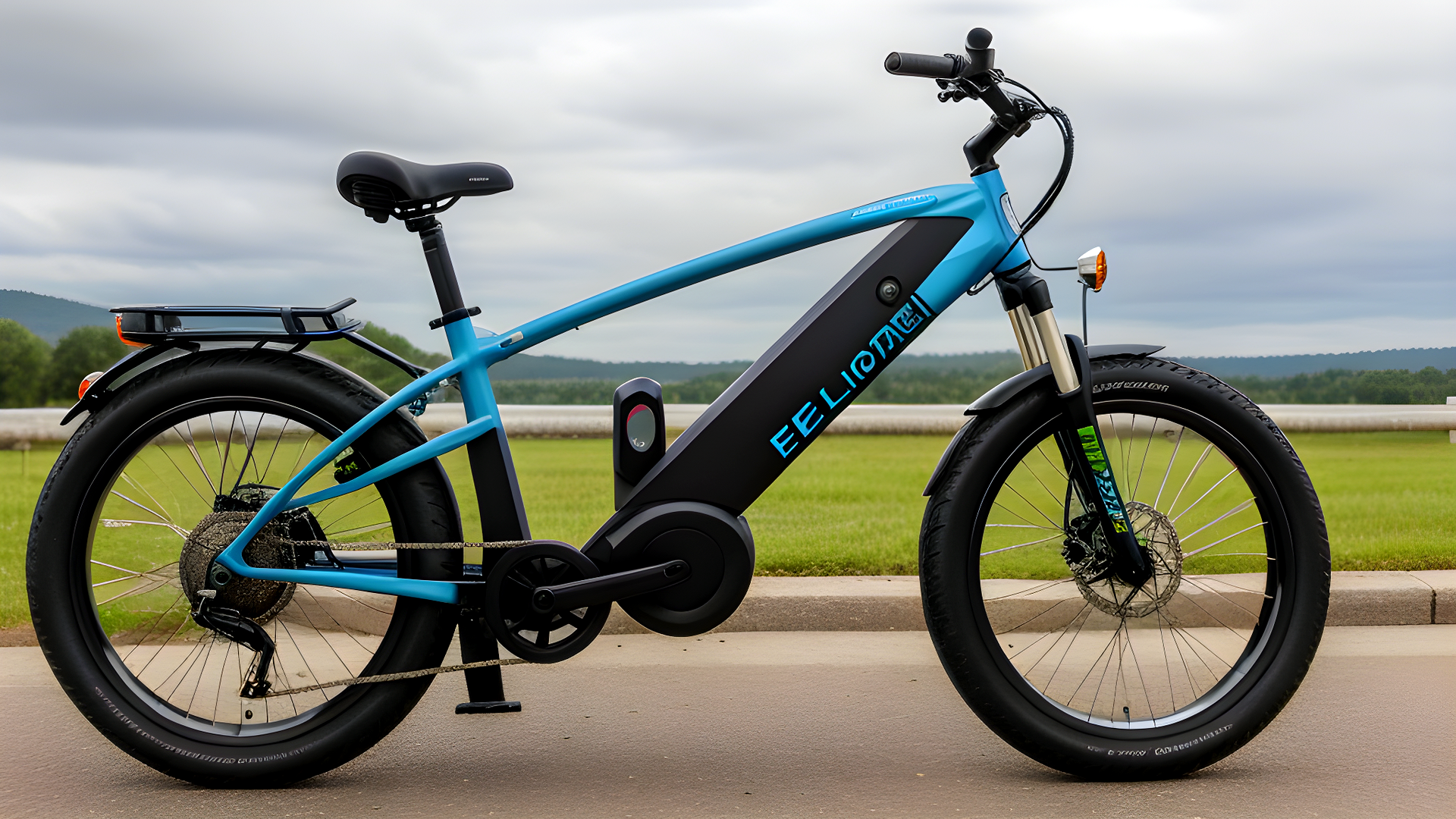
How do different e-bike battery types compare in performance?
Energy density and power output
Lithium-ion batteries lead in energy density and power output. They store more energy in a smaller, lighter package. This means longer range and better performance for your electric bike.
Li-ion batteries allow for sleeker, more efficient bikes without losing power or range. They also deliver consistent power throughout their use, ensuring steady performance.
Lead-acid batteries have lower energy density, making them heavier and affecting an e-bike's handling and range. While they can provide high current output, their energy storage is limited compared to lithium-ion. NiMH batteries offer better energy density than lead-acid but not as much as lithium-ion.
NiMH batteries have good power output but may lose voltage as they discharge. This can impact performance towards the end of a ride. These differences affect the overall riding experience and capabilities of an electric bike.
Weight and size considerations
Lithium-ion batteries are the lightest and most compact, making them ideal for e-bikes. Their small size and light weight improve bike handling and make them easier to carry. This is great for riders who need to carry their e-bikes up stairs or load them onto public transportation.
Lead-acid batteries are much heavier and bulkier, adding weight to an e-bike. This affects handling, range, and efficiency. Their size can also limit design options for manufacturers, leading to less attractive bikes.
NiMH batteries are heavier and larger than lithium but lighter than lead-acid. They offer a moderate improvement over lead-acid but don't match lithium-ion's efficiency. The advantages of lithium-ion have made them the most popular choice in the industry.
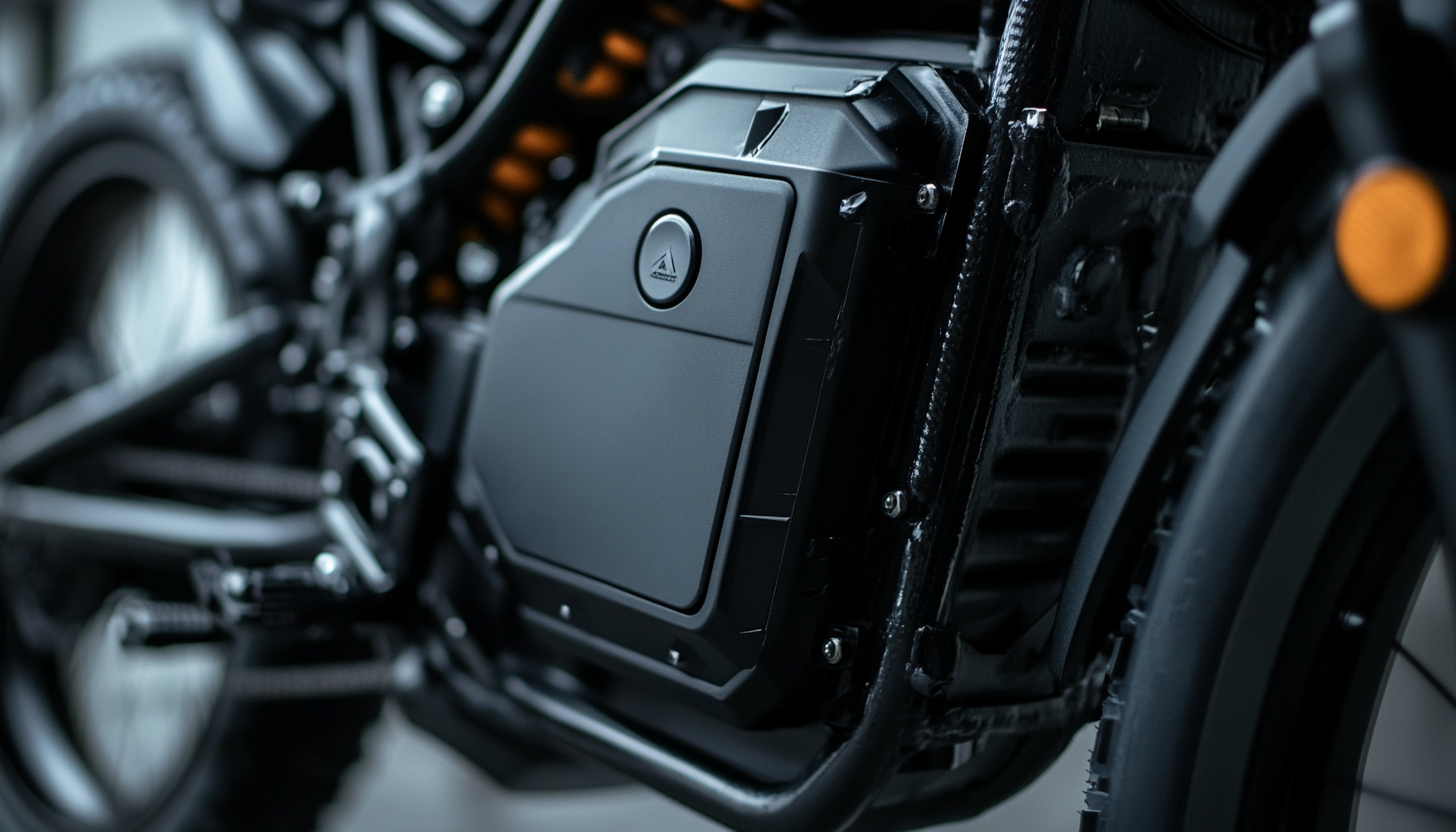
What factors affect e-bike battery capacity and range?
Understanding Watt-hours (Wh) and voltage
Watt-hours (Wh) measure a battery's energy capacity and range. The higher the Wh rating, the farther an e-bike can go on a single charge. Voltage affects power output, with higher voltages providing more power for better acceleration and hill-climbing.
Common battery voltages include 36V and 48V. Higher voltages are found in more powerful electric bikes. Understanding Wh and voltage helps you choose the right battery for your e-bike's performance.
To find out the Watt-hour rating, you multiply its voltage by its amp-hour (Ah) capacity. For example, a 36V battery with a 10Ah capacity has a 360Wh rating. This helps riders compare different batteries' energy capacity, no matter their voltage.
Higher Watt-hour ratings usually mean longer range. But, real-world performance depends on many factors. These include rider weight, terrain, and riding style. Also, voltage affects motor performance, so a higher-voltage battery might perform better than a lower-voltage one in some cases.
Understanding these points helps e-bike fans make better choices when picking or upgrading their batteries.
Impact of riding style and terrain
Riding style and terrain greatly affect an e-bike's range and performance. Aggressive riding uses more power, reducing range. Riding in hilly areas also drains the battery faster because the motor works harder.
On the other hand, riding more conservatively can extend the battery's range. This means using lower assistance levels and pedaling more.
The terrain's impact on battery performance is huge. Uphill climbs quickly drain it, while downhill sections can recharge it if the bike has regenerative braking.
Weather conditions and temperature effects
Weather and temperature can significantly affect a
High heat can also harm the battery, causing it to degrade faster. This can lead to a quicker loss of capacity over time.
Humidity and rain can also impact performance and maintenance. While most
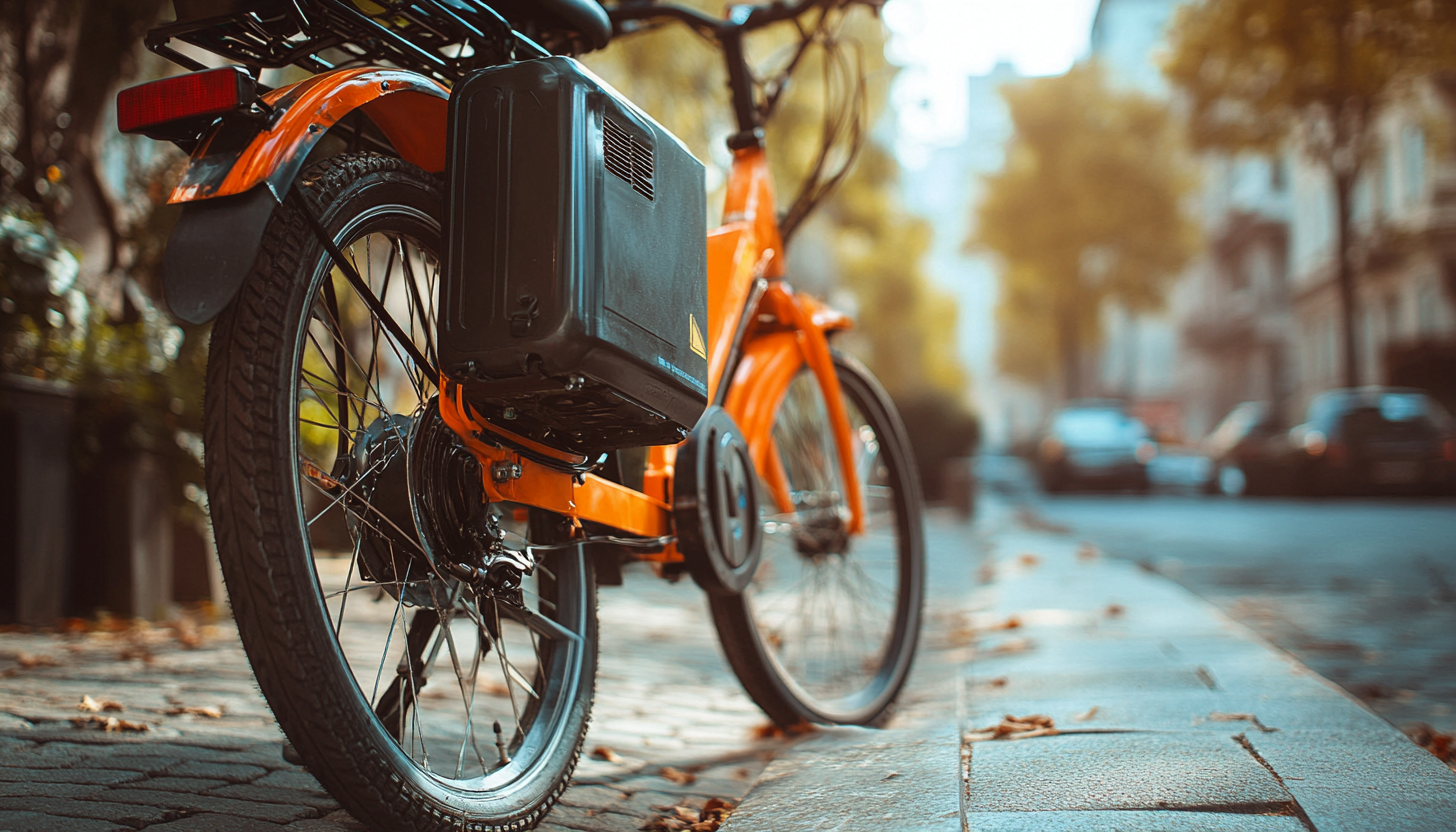
What should I consider when choosing an e-bike battery ?
Matching battery to your riding needs
Choosing the right type of
Also, consider your riding style. If you often use high assistance levels or ride fast, you'll need a battery with more capacity and possibly higher voltage for better performance.
Another important factor is the terrain you'll be riding on. For lots of hills or mountains, you'll need a battery with enough capacity to handle the extra power demands. Also, think about the battery's weight and how it affects your e-bike's handling, like when carrying it up stairs or on public transport.
Some riders prefer having two batteries - a smaller one for daily use and a larger one for longer trips.
Compatibility with your e-bike's motor
It's vital to ensure your
Make sure the battery voltage matches your motor's needs. Using the wrong voltage can harm performance or even damage your electrical system. Also, the battery and motor connectors must be compatible for efficient power transfer.
When picking an
Some e-bikes use special communication between the battery, motor, and controller. This smart system needs batteries made just for it. It helps with range and power use. Always check with the maker or a dealer to find the right battery for your e-bike.
Budget considerations and long-term value
Choosing an
Think about how a battery affects your e-bike's resale value. A good battery makes a used e-bike more appealing. While cheaper batteries might seem attractive, they could limit your e-bike's performance and enjoyment.
Consider your future e-biking plans. A bigger battery now might save you from needing a new one later. Weighing cost against lifespan, performance, and future needs helps you choose wisely.
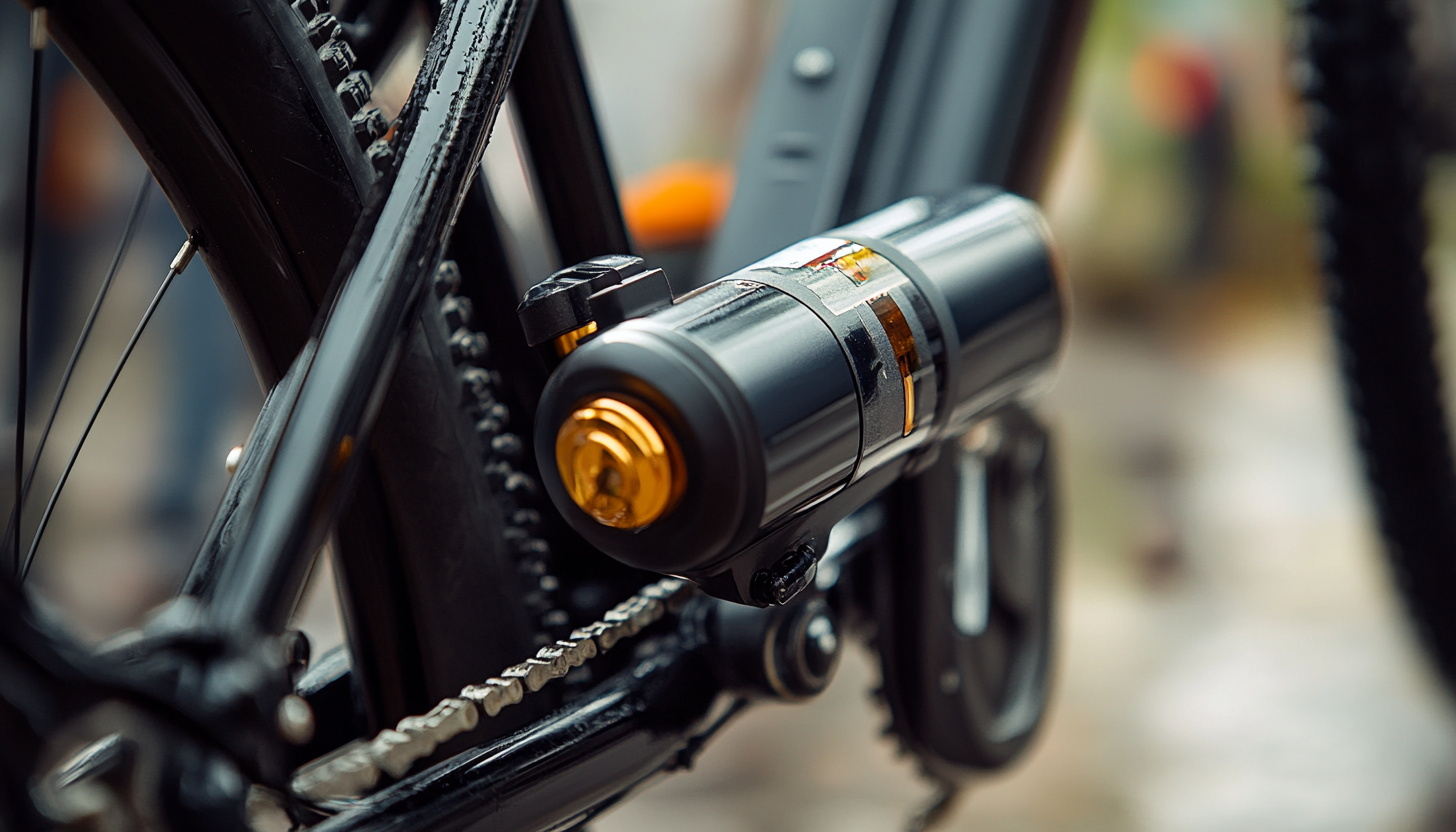
Are there any emerging technologies in e-bike batteries ?
Advancements in lithium-ion technology
Lithium-ion battery tech is getting better, with new things coming soon. Researchers are working on new materials to pack more power in smaller spaces. This could mean longer rides or smaller bikes.
Fast-charging tech is also being improved. This could make charging e-bikes much quicker and more convenient for daily use.
Better battery management systems (BMS) are also on the way. These systems will help batteries last longer and perform better. Some e-bikes might even let you swap or add battery modules for more range.
The potential of solid-state batteries
Solid-state batteries are a big deal for e-bike tech. They use solid instead of liquid or gel electrolytes. This could mean longer ranges or smaller, lighter batteries.
Safety is a big plus of solid-state batteries. They're less likely to catch fire or explode. They might also charge faster and last longer than current batteries.
While solid-state batteries are not here yet, big companies are working on them. They could change e-bikes for the better, with better performance, safety, and life.


